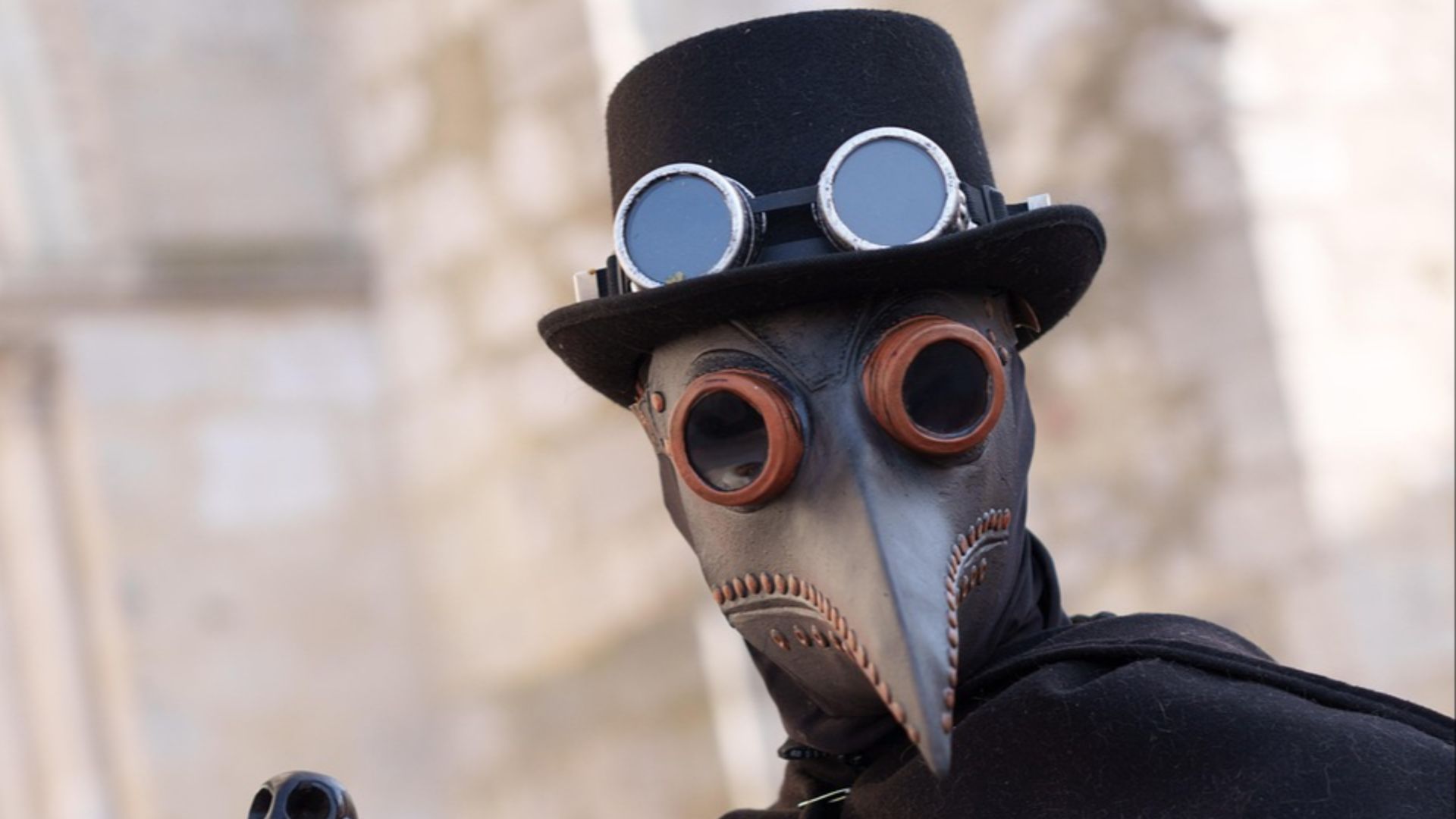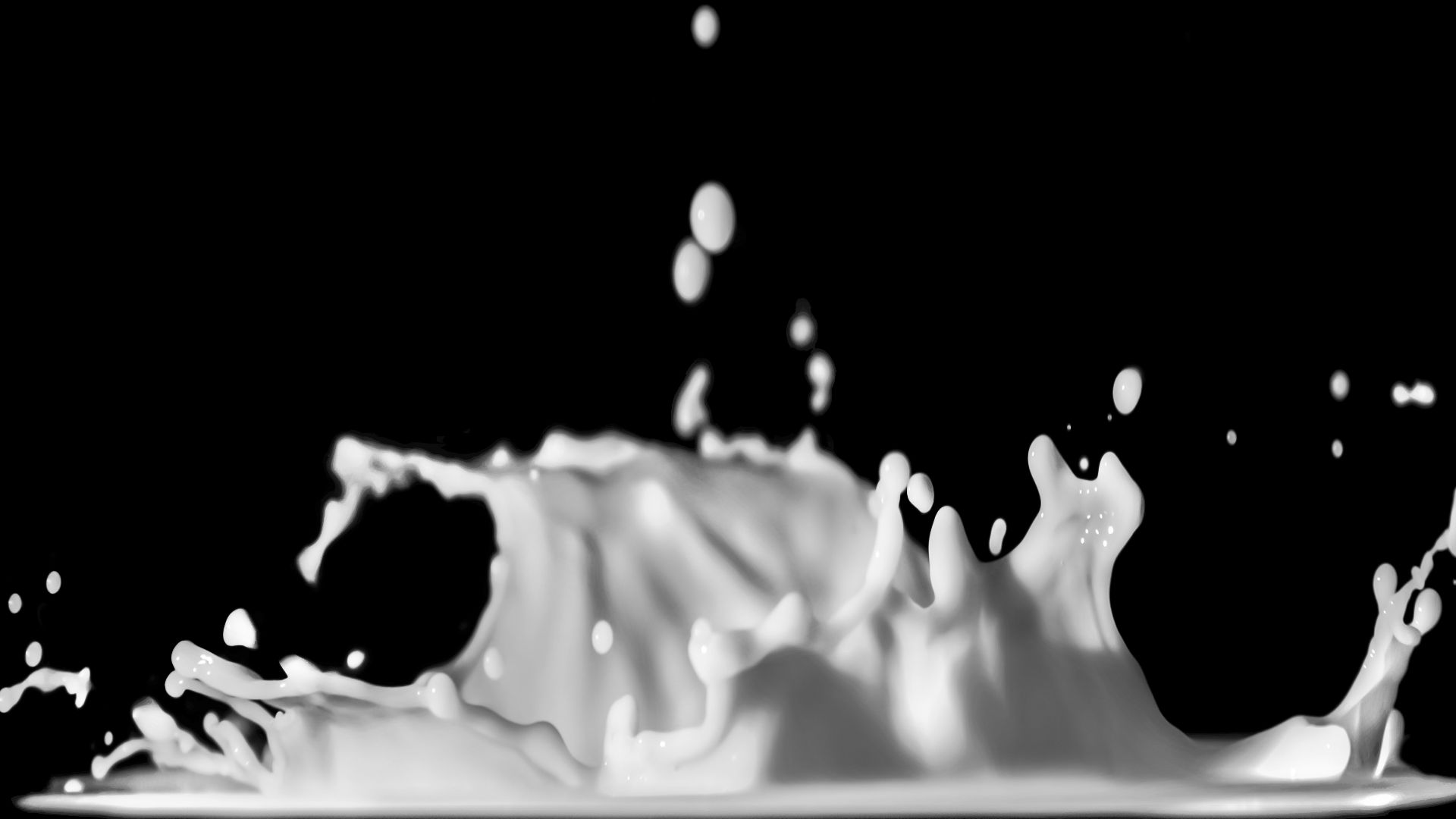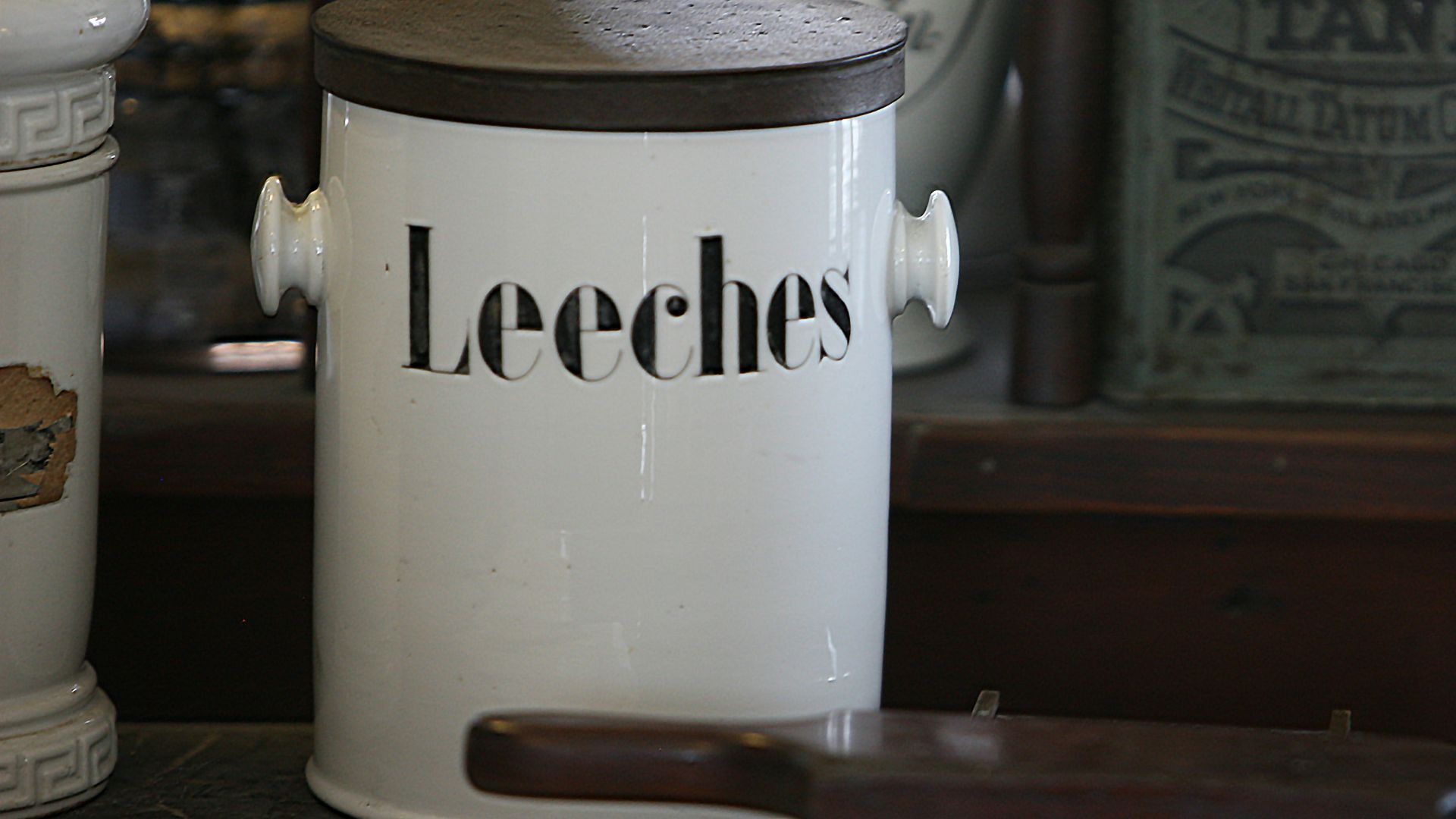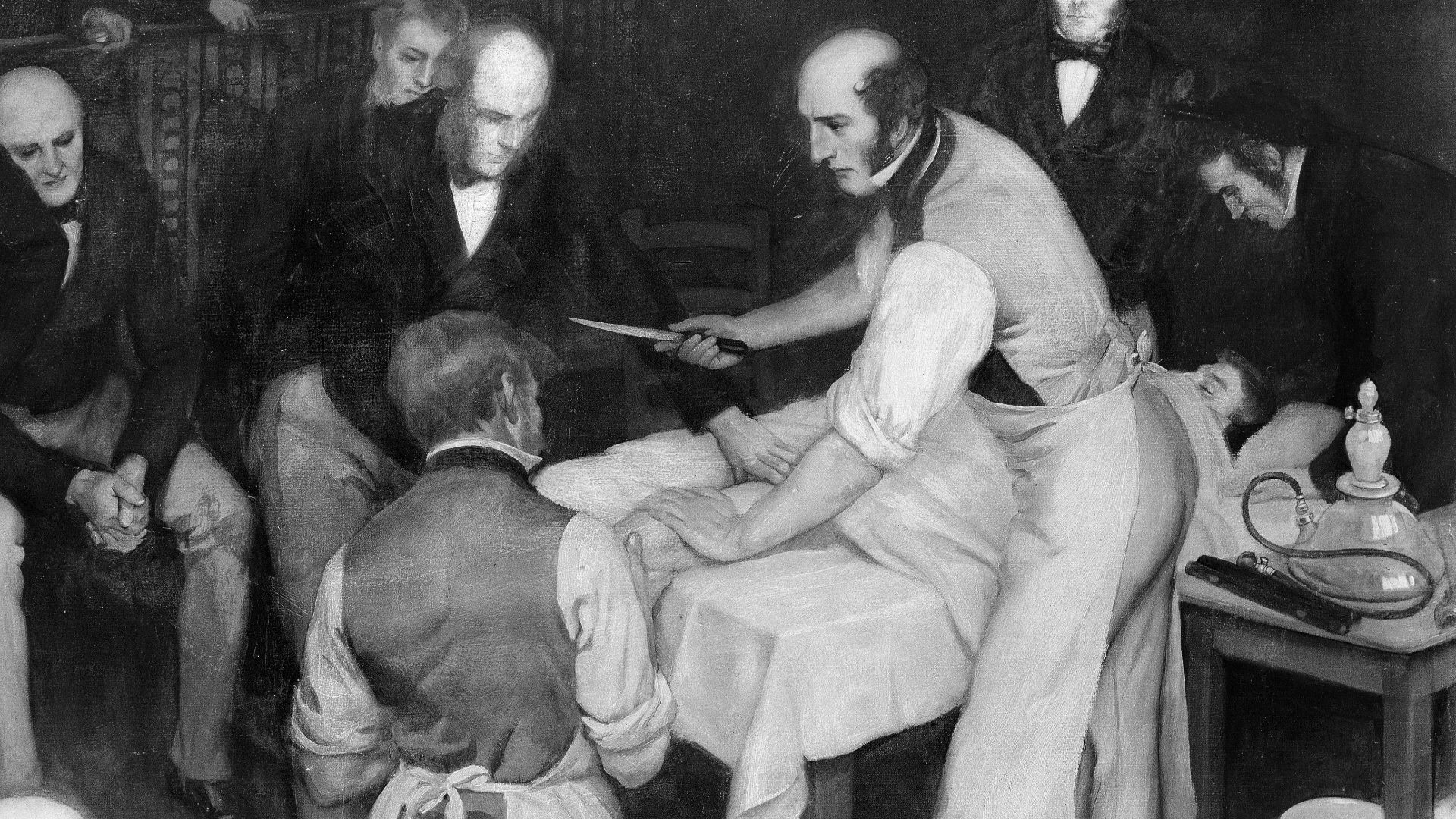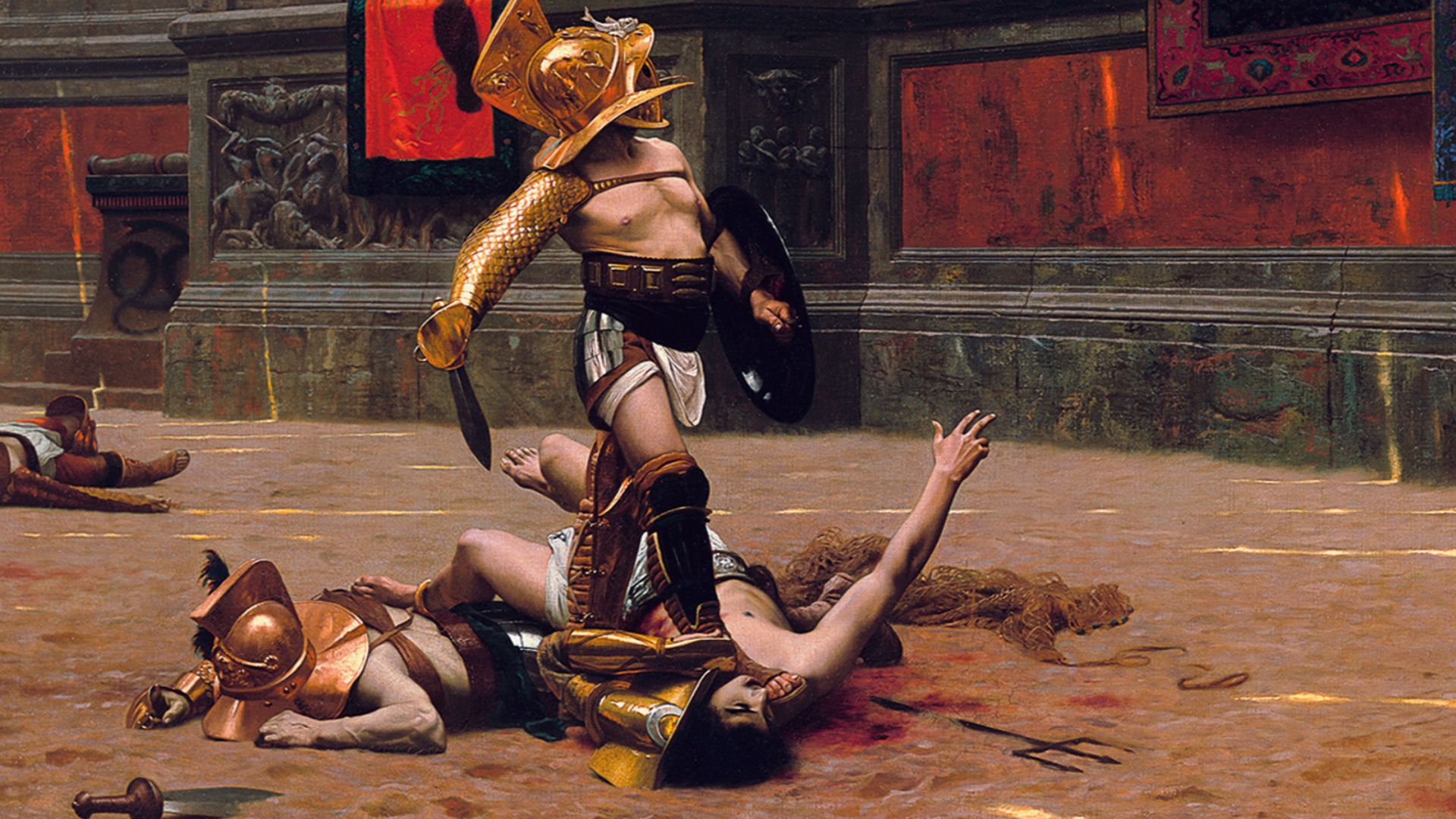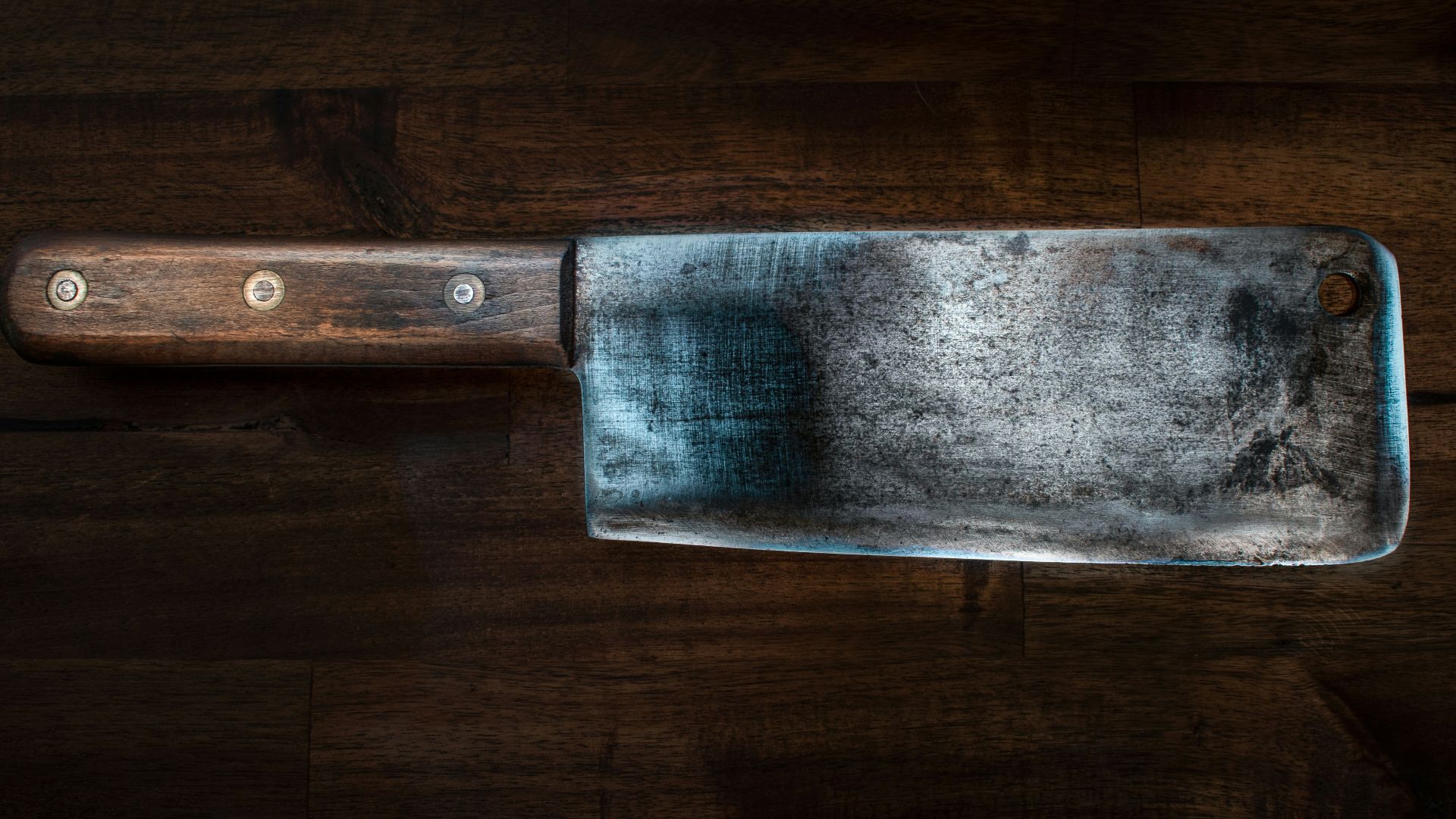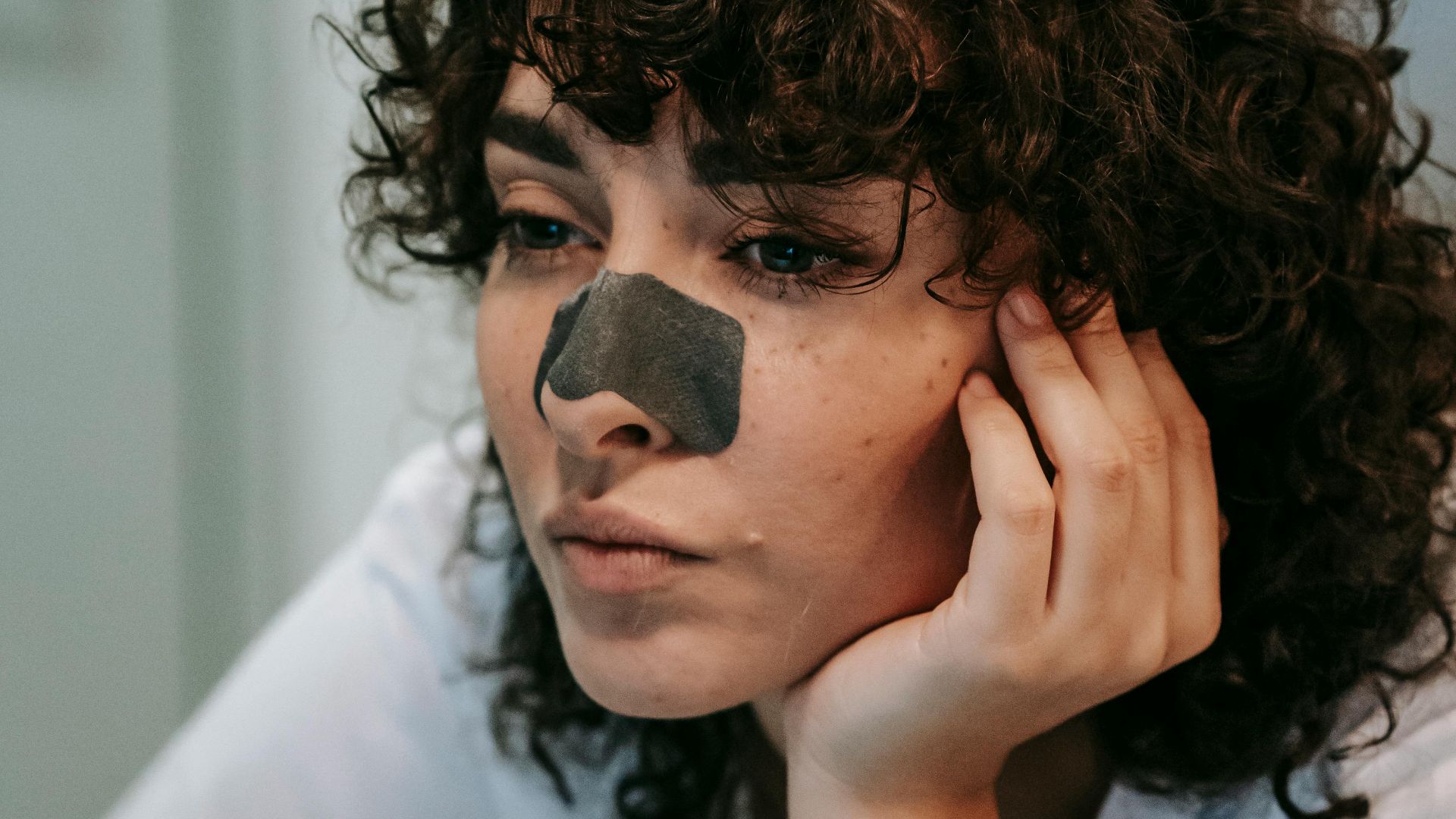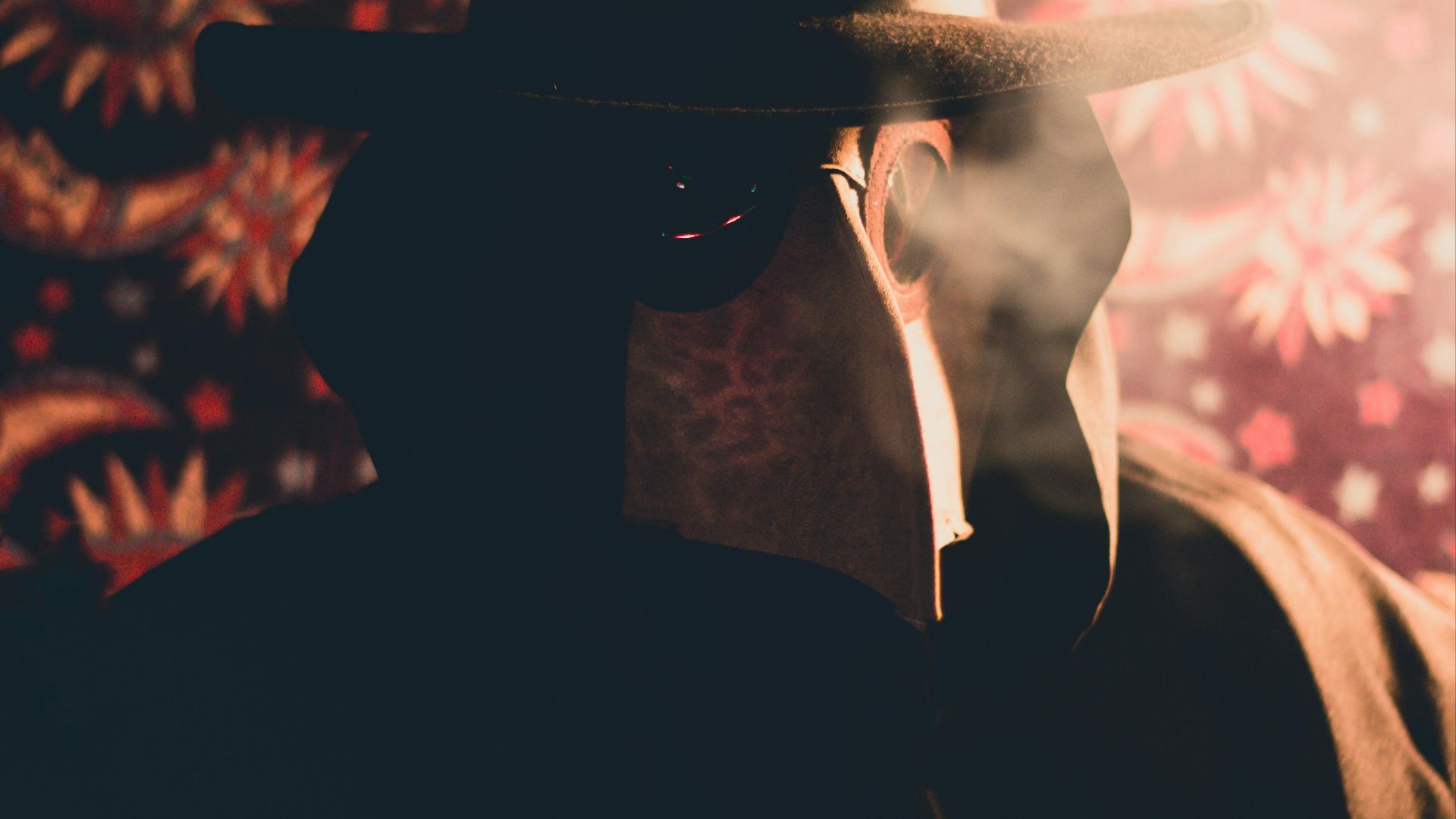Thank Goodness For Modern Medicine
It's easy to take modern medicine for granted, especially if you don't know what came before. Even in our own lifetimes, medicine has lead to astonishing innovation that are even more impressive when you consider where they came from. Here are 20 facts about the strange history of medicine.
1. Morphine Was A Common Remedy For Babies
Want your baby to be quiet at the turn of the century? Give them morphine. Remedies such as Mrs. Winslow's Soothing Syrup was "likely to sooth any human or animal" and were used to quiet colicky babies.
 National Library of Medicine - History of Medicine on Wikimedia
National Library of Medicine - History of Medicine on Wikimedia
2. Doctors Thought Bad Air Caused Disease
Before scientists understood germs, they believed that diseases were caused by miasma, poisonous air from decaying matter. This theory was believed for over 2000 years. The disease malaria literally means "bad air".
3. Arthritis Patients Stayed In A Whale Hotel
One cure for rheumatoid arthritis was to stay in a floating hotel. In 1889, patients in Australia were rowed to a whale carcass, then made to lay inside for two hours. We aren't sure how this relieved inflammation.
4. Female Doctors Are Nothing New
While women had to fight tooth and nail to study medicine throughout history, this was not always the case. One of the first named doctors in Ancient Egypt was a woman named Merit-Ptah. She lived around 4700 years ago.
5. Milk Was Used For Blood Transfusions
Blood types weren't discovered until 1901, leading to the bizarre belief that milk could substitute as blood. The fatty qualities of milk would apparently transform into white blood cells. Full survived this procedure.
6. Leeches Were Used For Bloodletting
A common diagnosis for many ailments was an excess of blood, and the best way to relieve this was by purging the bad blood. In some cases leeches were used over surgical tools for more gradual blood loss. The resulting "leech craze" almost led to the extinction of wild leeches.
7. Julius Caesar Named A Medical Procedure
Cesarean Sections are one of the most commonly done medical operations today. While a common claim is that the procedure was named for Julius Caesar, Caesar was not born via C-section. Rather, the procedure comes from the same root as the name, meaning "to cut".
 Salim Fadhley - Edit by Diliff This image can be cited as: Fadhley, Salim (2014).
Salim Fadhley - Edit by Diliff This image can be cited as: Fadhley, Salim (2014).
8. Germ Theory Was Laughed Off
While germ theory is easy to understand today, it took a while to catch on. As soon as the theory was proposed, prominent scientists denied that such a thing could possibly exist. The idea of millions of teeny tiny organisms floating around inside you does sound kinda wacky.
9. One Operation Had a 300% Mortality Rate
Robert Liston was one of the fastest surgeons in history—and one of the most deadly. During an amputation, he not only removed a patient's leg, but also his assistant's fingers. Both men succumbed to gangrene and a spectator died of fright when the knife slashed through his coat.
10. Magic & Medicine Were Intertwined
Magic and medicine weren't all that different throughout history. Dating back to our earliest civilizations, magic such as charms and exorcisms was used as a form of medicine. Doctors could treat both coughs and demons.
11. Royals Had Healing Hands
One way for monarchs to prove their legitimacy was by curing diseases. They would lay their hands over the sick to cure them, typically around Easter. While the disease normally went into remission naturally, it was good propaganda.
 Watercolour by M S Lapthorn, 1911 on Wikimedia
Watercolour by M S Lapthorn, 1911 on Wikimedia
12. We've Only Eradicated One Disease
While many ancient diseases are no longer threats, there's only one that we've completely eradicated. The world was officially rid of smallpox in 1980. However, there are still two controlled samples of the virus for further research.
 Fusion Medical Animation on Unsplash
Fusion Medical Animation on Unsplash
13. Gladiator Blood Cured Epilepsy
Gladiators were more than athletes in Ancient Rome, their bodies were cure-alls. Epilepsy was little understood in the time, and drinking a gladiator's blood was believed to cure it. You could also eat their liver for the same treatment.
14. Ancient Doctors Couldn't Afford Mistakes
If you were a doctor in Babylon, you'd better not make mistakes. The world's oldest law code outlined strict punishments for botched operations. If a patient perished or was blinded, the doctor's hands were cut off.
15. A British Monarch Was Euthanized
King George V was already on death's door when his physician injected a mixture of cocaine and morphine into his jugular in 1936. The physician claimed this was so that the king's death could be reported in the more reputable morning paper rather than the evening tabloid. This was only revealed 50 years later.
16. Cigarettes Were Prescribed For Asthma
Today we know that cigarettes are linked to countless health problems. However, they used to be prescribed for asthma patients to relieve "paroxysms of asthma, hay fever, and simple nasal irritations". The recommended dose was 4 a day.
17. Nose Jobs Are 2000 Years Old
Rhinoplasty is older than you think! The first recorded nose jobs were performed in India in the 6th century BCE. Forehead skin was used to reconstruct lost noses.
18. There Was A Market For Corpses
In 19th century Scotland, dissection could only be done on unclaimed corpses. This led to a rash of grave-robbings to secure corpses. However, some took it even further, bringing fresh victims to anatomists.
19. Many Cultures Drilled Holes In Their Heads
One of the earliest medical practices recorded was trepanning, drilling a hole in your head! Trepanning was used to treat fractures, relieve pressure, or release evil spirits. Curiously, it was practiced independently around the world.
20. The Black Death Never Went Away
One of the most feared diseases in history never truly vanished. On average, seven Americans contract the Bubonic Plague each year. However, it is easily treated with antibotics.


